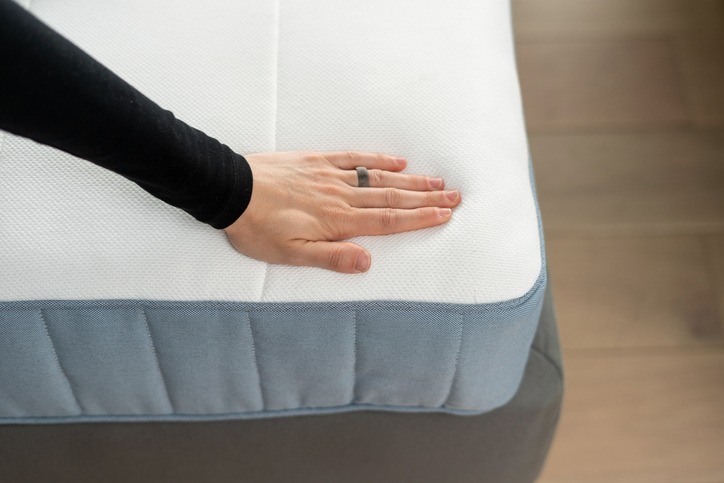We spend a significant amount of time in bed, sleeping, unwinding, and sitting, performing activities ranging from reading to eating to dozing off and lounging. Teenagers, as well as those in their 20s and 30s, are reporting experiencing back discomfort at an alarmingly high rate. Bad sleeping and sitting postures, a lack of exercise, or even a mattress that’s not up to par are to blame for this issue.
Learn all you need to know about an orthopedic mattress before buying a new mattress by reading this blog post first. But before we go into that, it’s crucial that you understand the causes of back pain:
Overweight
Our skeletons are designed so that our spinal column and skeletal framework support the bulk of our weight. The additional weight causes strain and stress on the back, which may lead to back discomfort and increased pressure on the spine and lower back.
Unhealthy or Improper Posture
Studies have shown that seven out of ten Indians have severe back pain directly from sitting or standing with their shoulders stooped forward in an awkward position. After reading that, you probably realized your poor posture and straightened it out. Whether sitting with or without back support, our posture is virtually always stooped, and we have unconsciously become used to it. People prefer standing with their shoulders slumped or leaning on their bodies for support by placing their hands on their hips. It almost often results in back pain and other difficulties with the spine.
Reduced Number of Physical Movements
Our bodies can remain active and stretch while engaging in physical exercise, which also helps reduce muscular tension and strain. Because of our jobs and generally sedentary contemporary lifestyles, we spend our days either lazing about at home or sitting at our desks for long periods at work, but we don’t engage in any exercise or other forms of physical activity. Because of this, the muscles and bones become tight, weak, and stiff, causing discomfort throughout the body.
Non-Supportive Mattress
The ideal characteristics of a quality mattress strike a happy medium between extremes of softness and firmness. The correct proportion of softness to hardness provides sufficient back support while allowing the spine to maintain its natural curvature. Thus, if you suffer from persistent back discomfort or have trouble falling or staying asleep, upgrading to a better mattress is something you should consider.
Size
If you need to replace an old mattress, you should measure the inner borders of your bed before purchasing a new one to ensure that you receive the right Mattress Size. Invest in a mattress that gives you the freedom to sleep in whatever position you want and the ability to stretch out, turn on your side, and roll over without coming into contact with the mattress’s edge or your sleeping partner. Because when we sleep, our bodies instinctively discover the most comfortable resting position, which helps to alleviate any pain and promotes a restful sleep that allows us to wake up feeling refreshed.
Thickness of Mattress
For best back pain relief with mattress, it is essential to have a mattress that can support your body weight and prevent you from sinking into it as you slumber. So, you should choose a mattress that is neither too thick nor too thin but is of an appropriate thickness and height. If you are looking for a mattress that is thinner than the standard height of an orthopedic mattress, which is between 6 and 10 inches, you should investigate a mattress that is just 5 inches thick. If you want your bed to be higher than it already is, consider purchasing a mattress topper. Not only will this increase the height of your bed by one to three inches, but it will also improve your comfort level.

